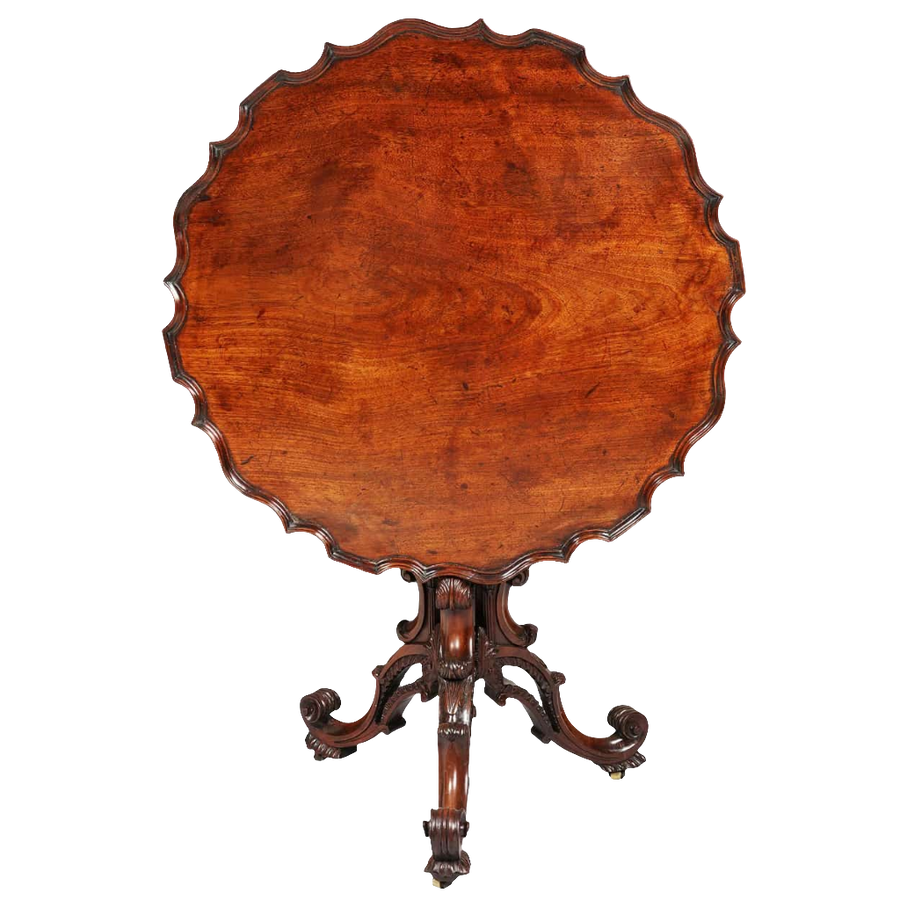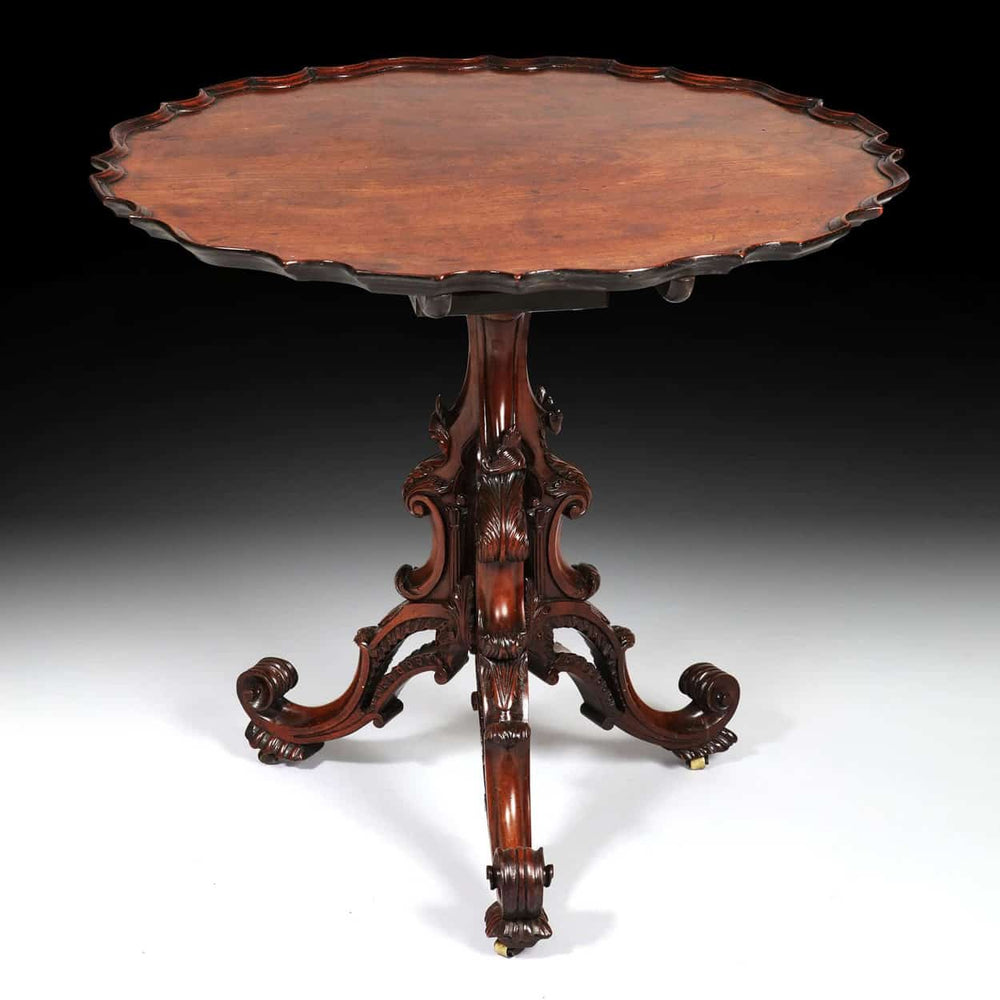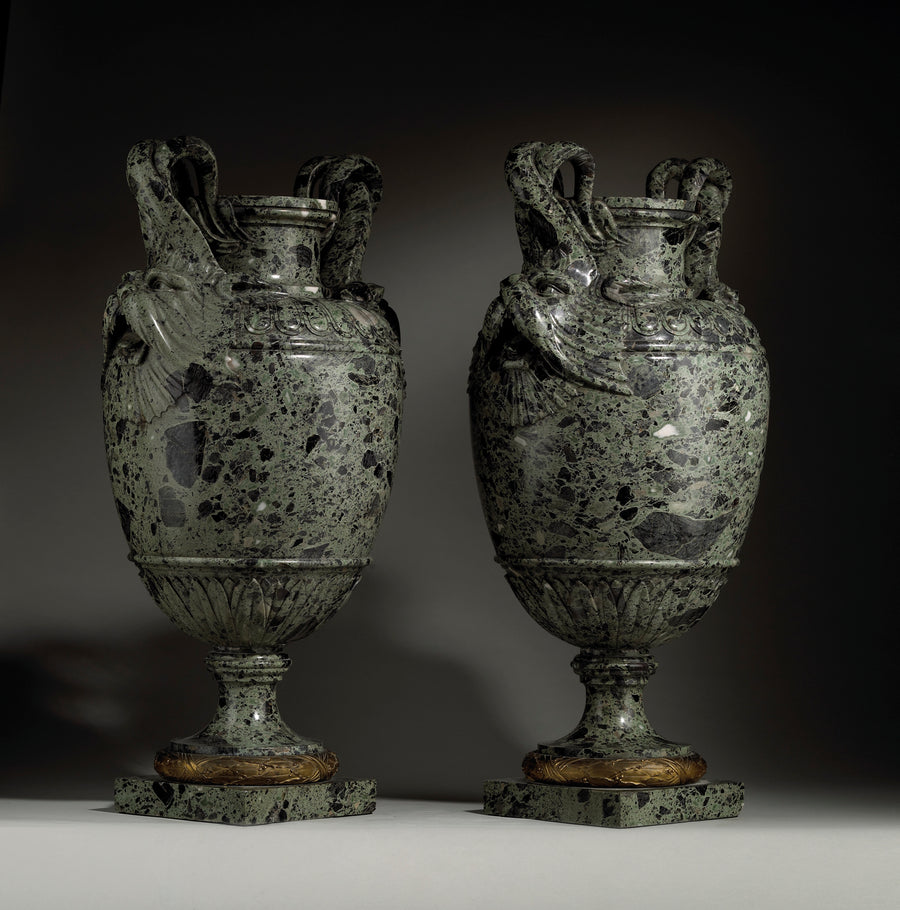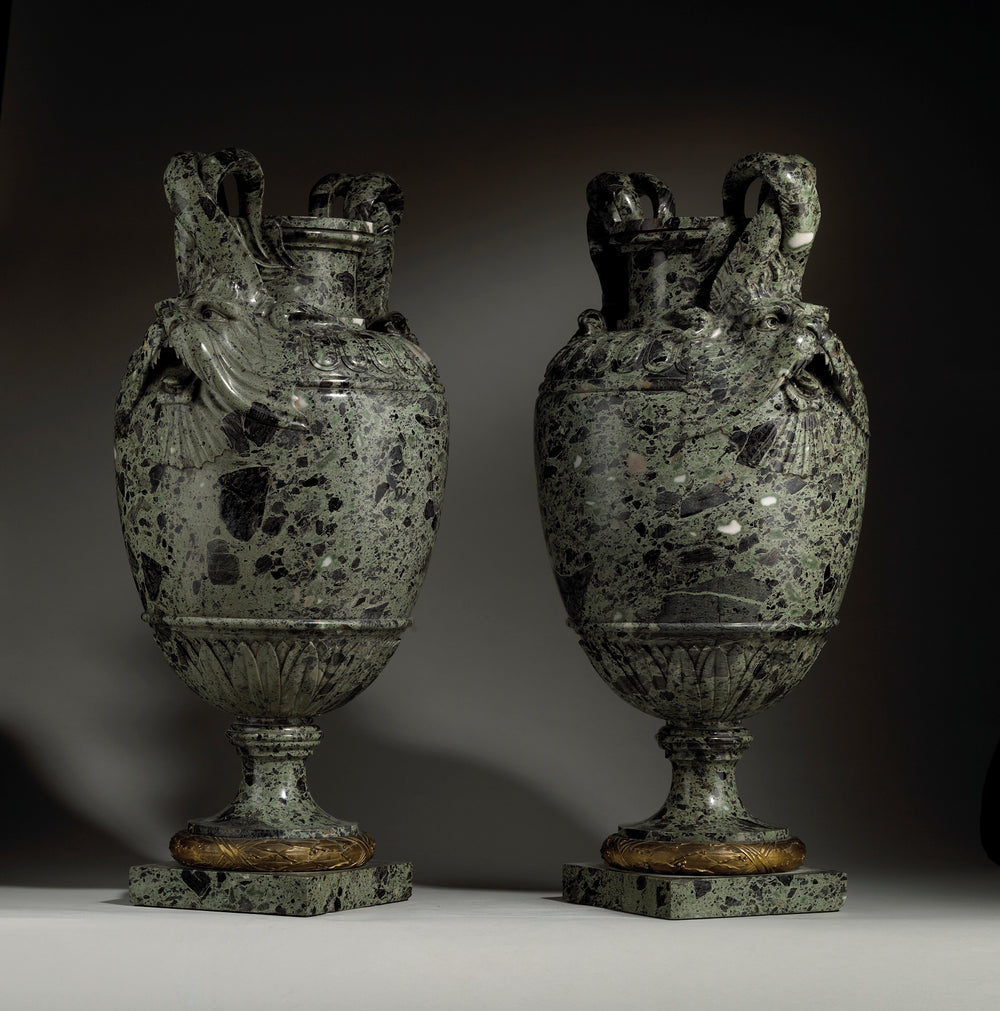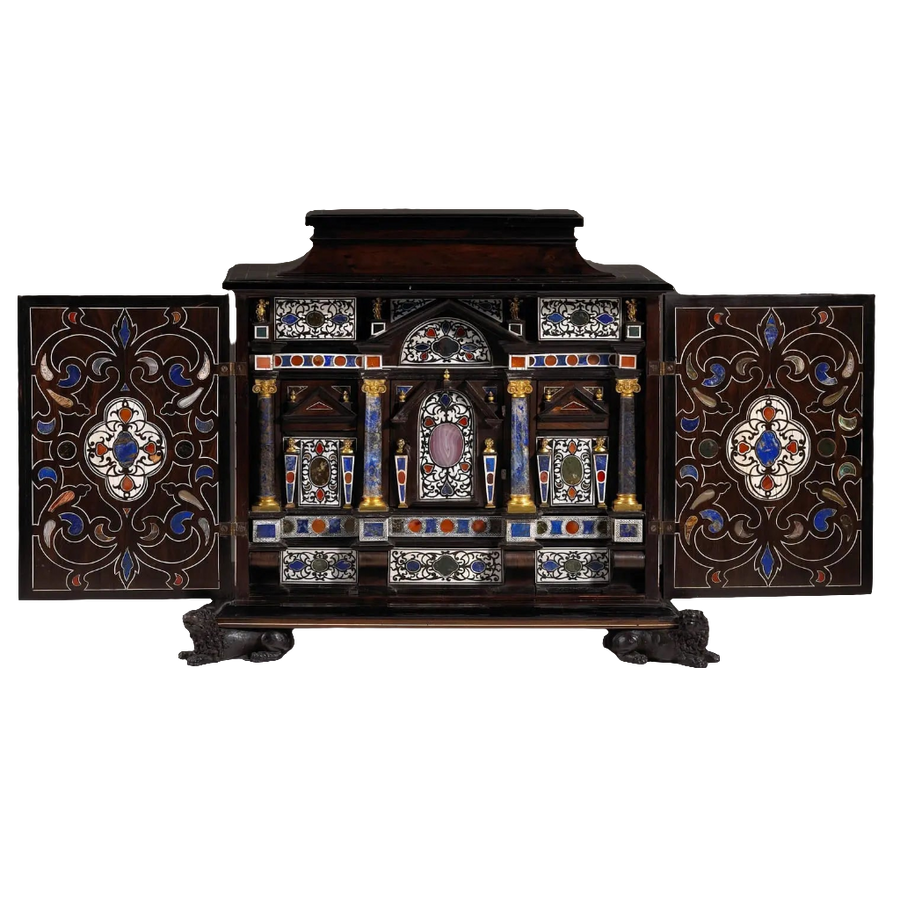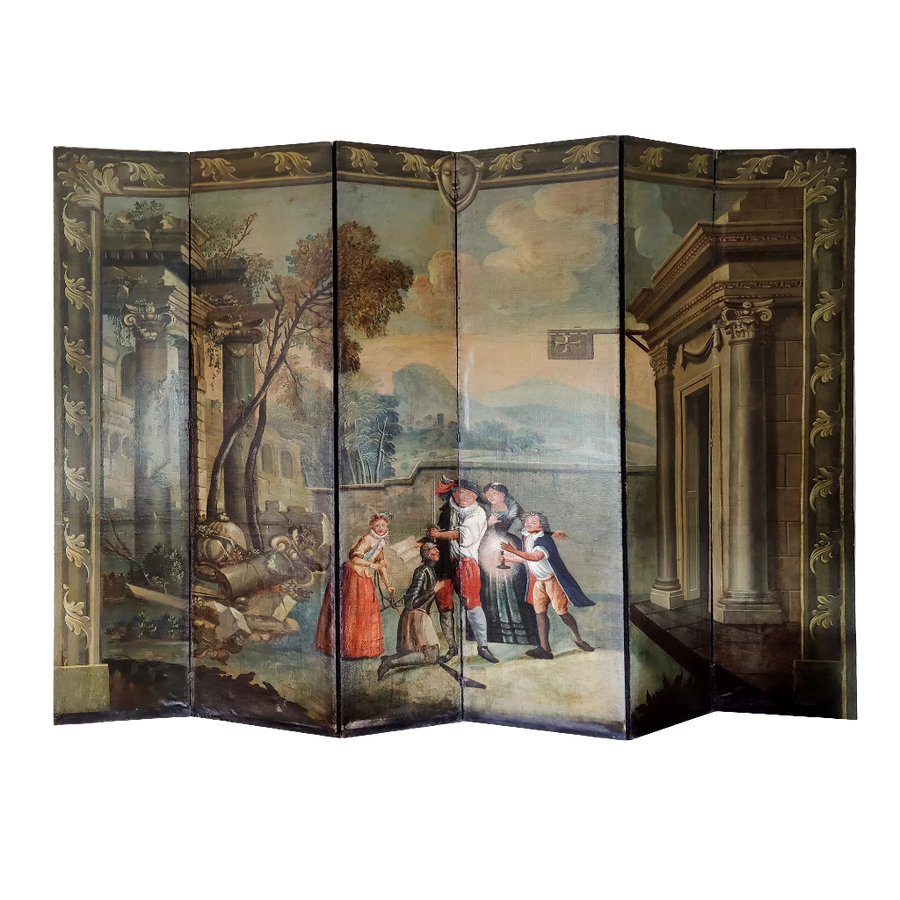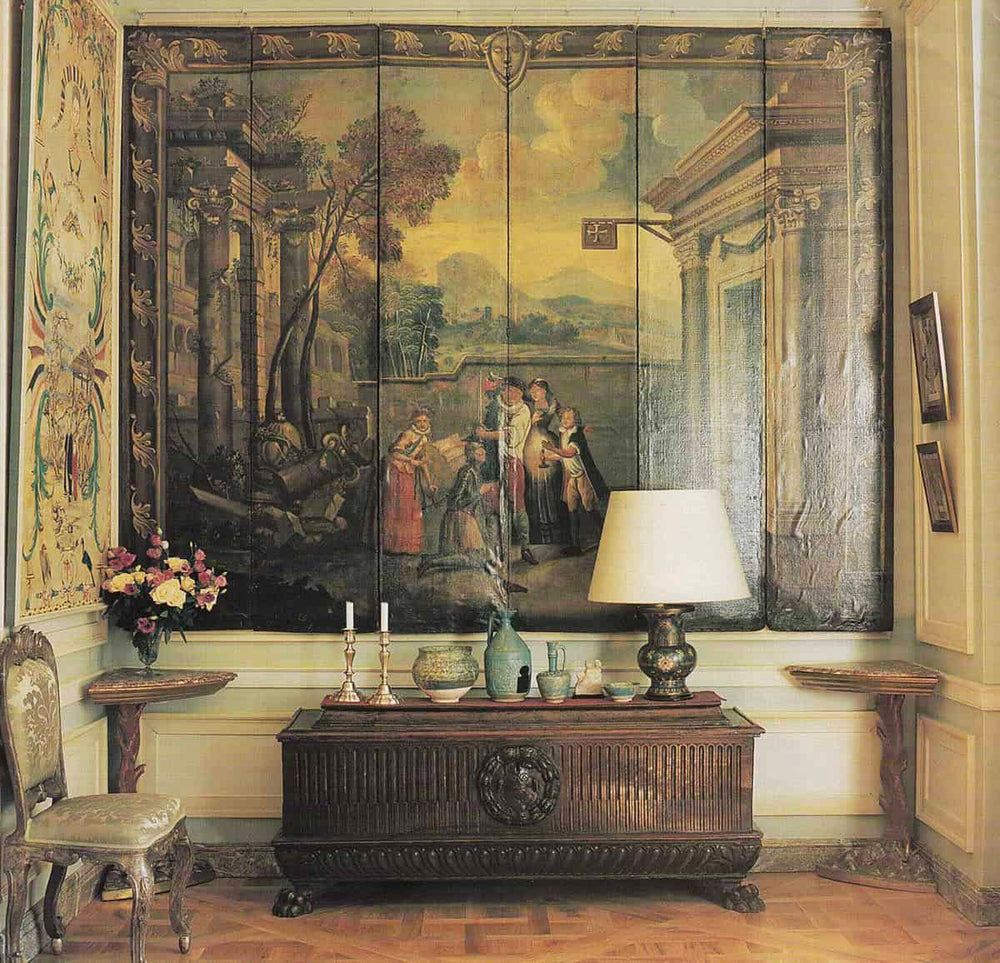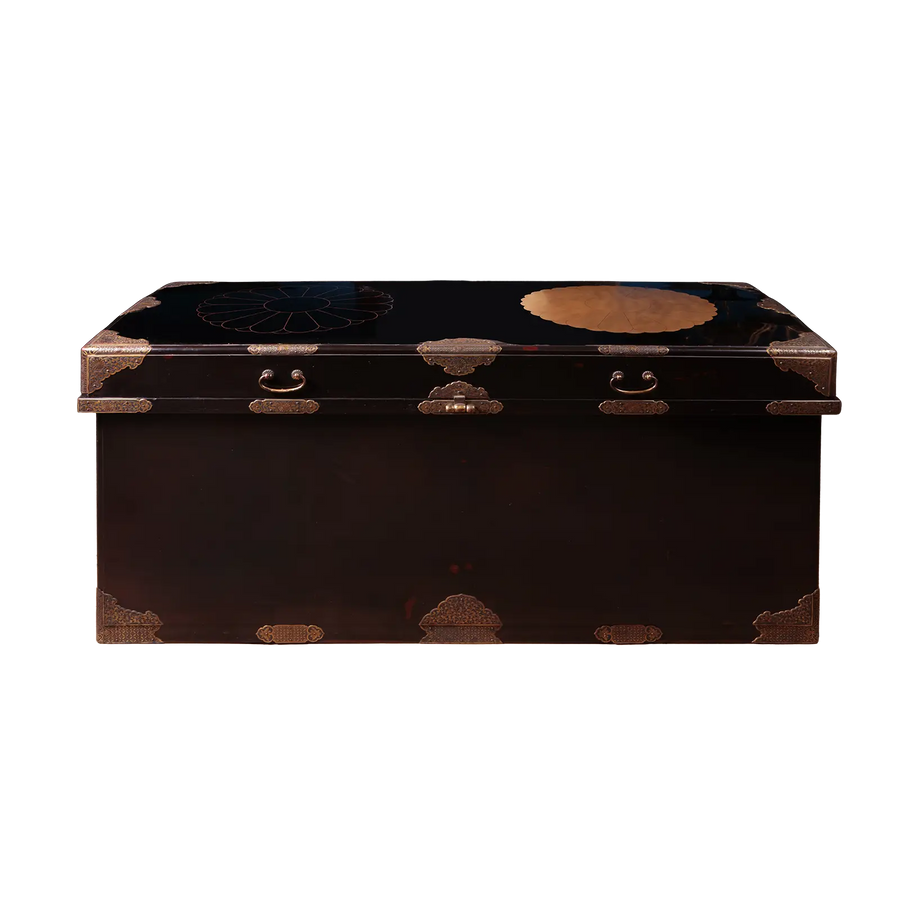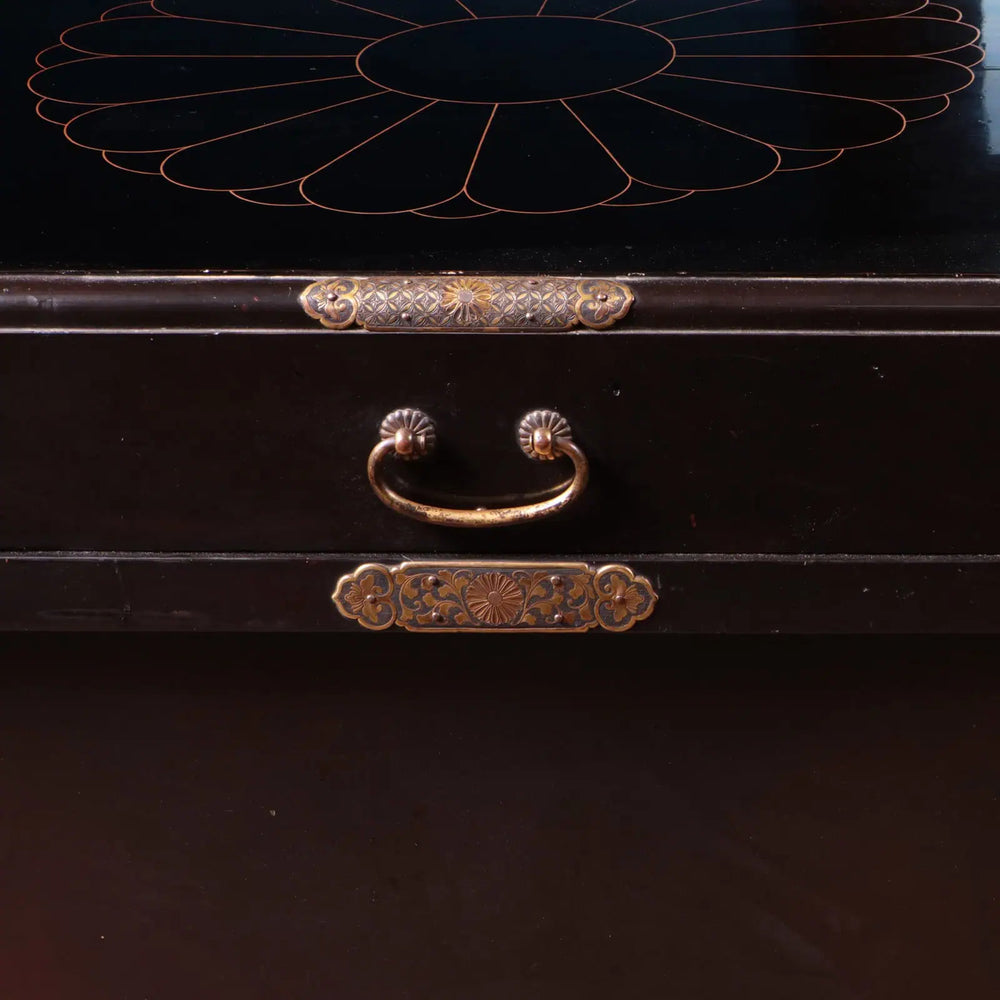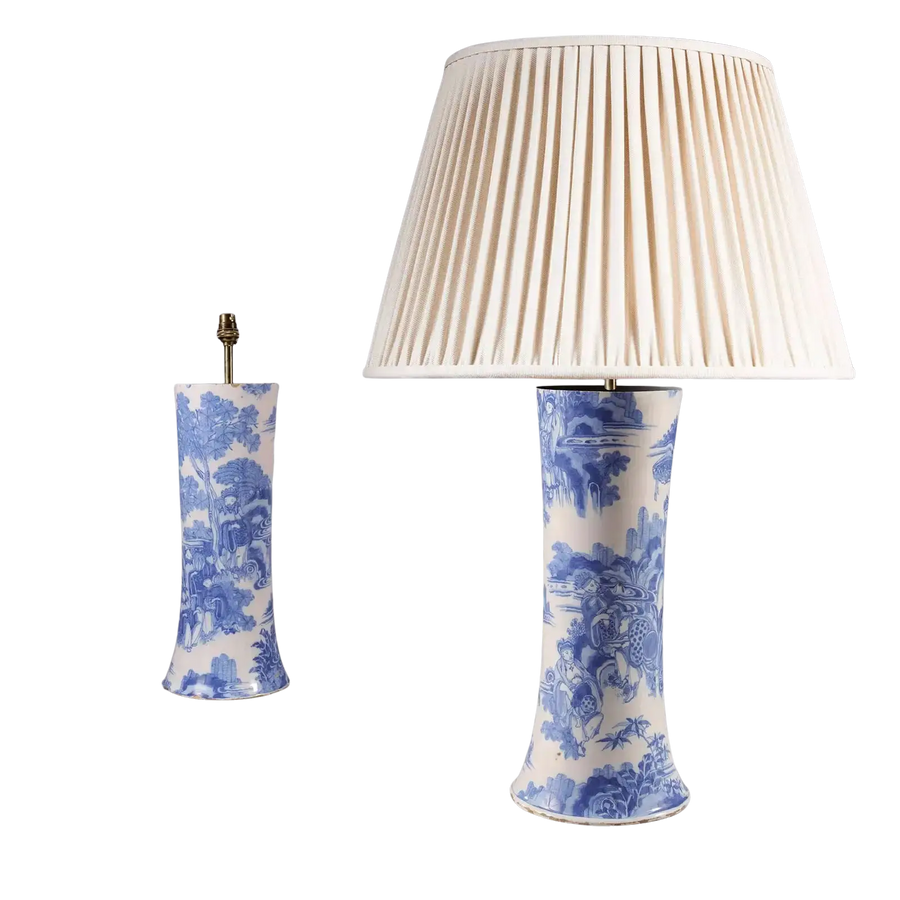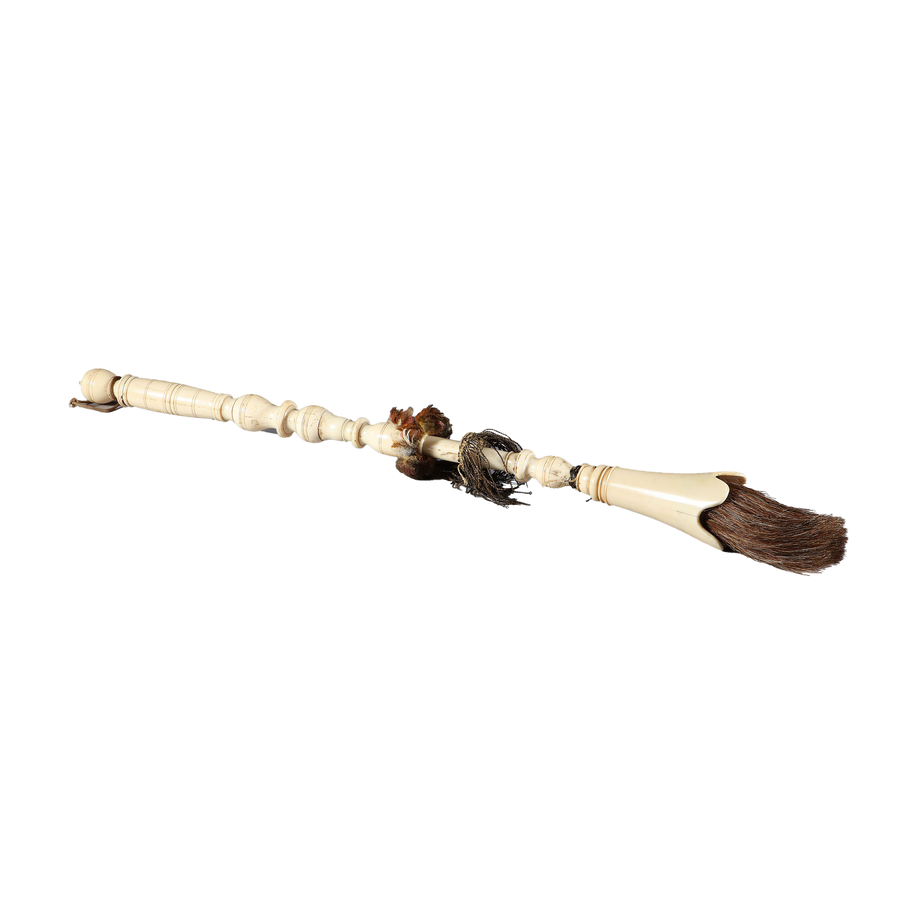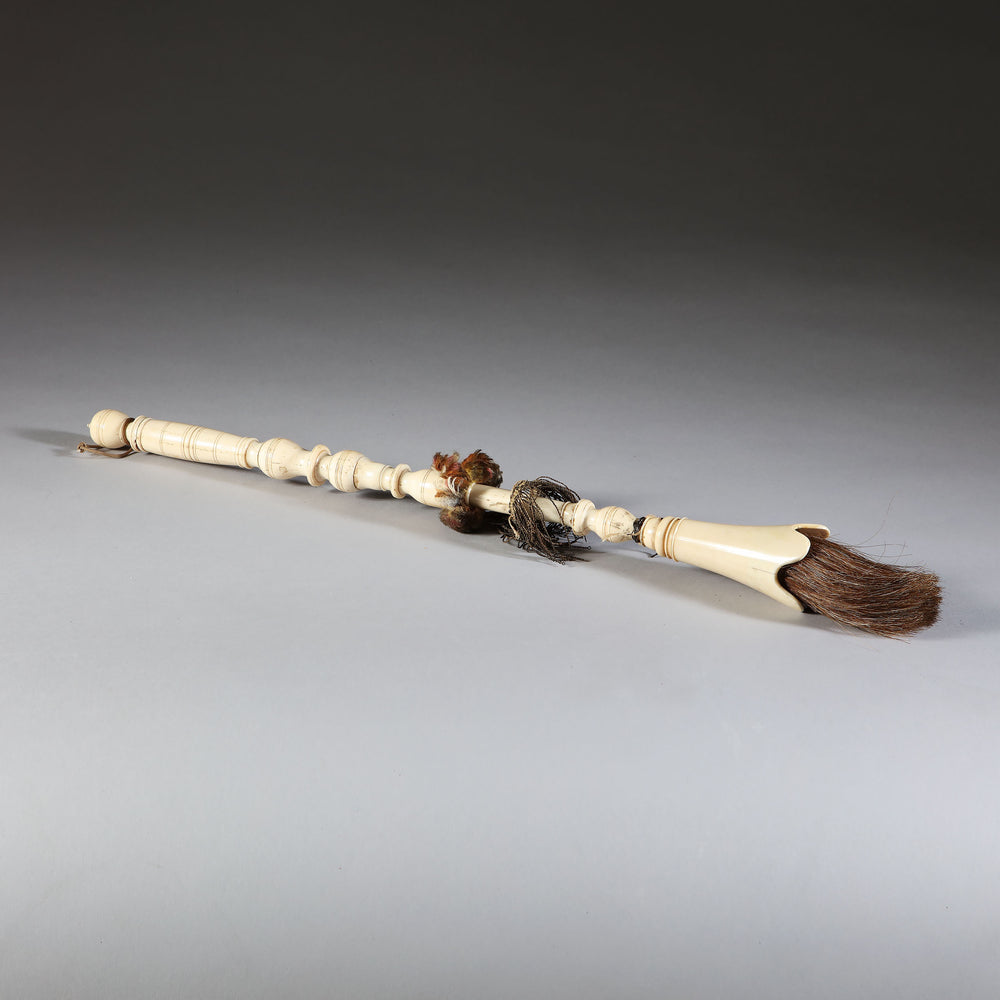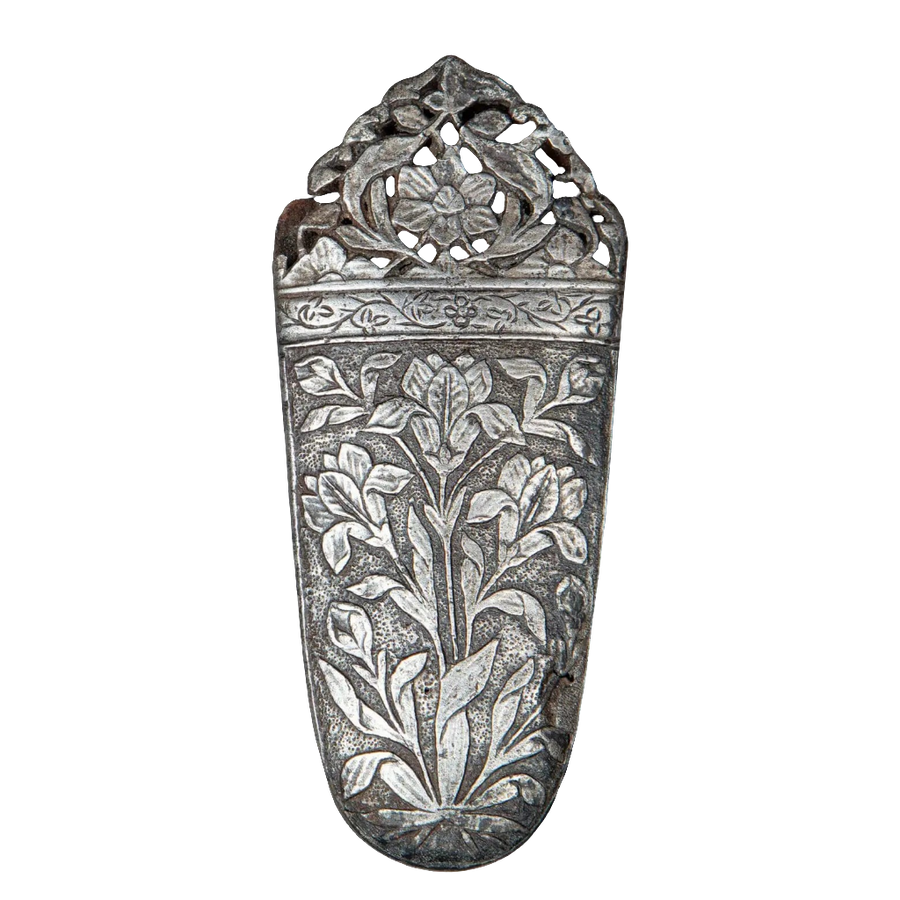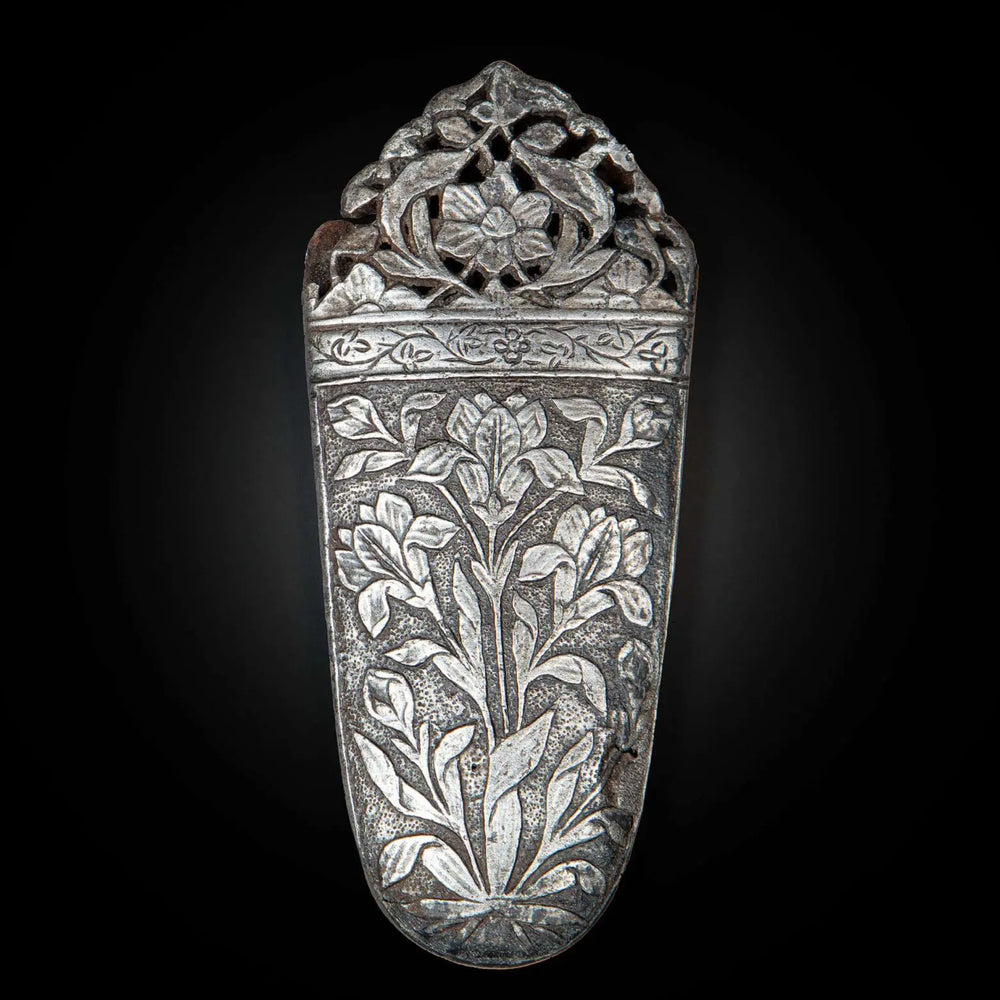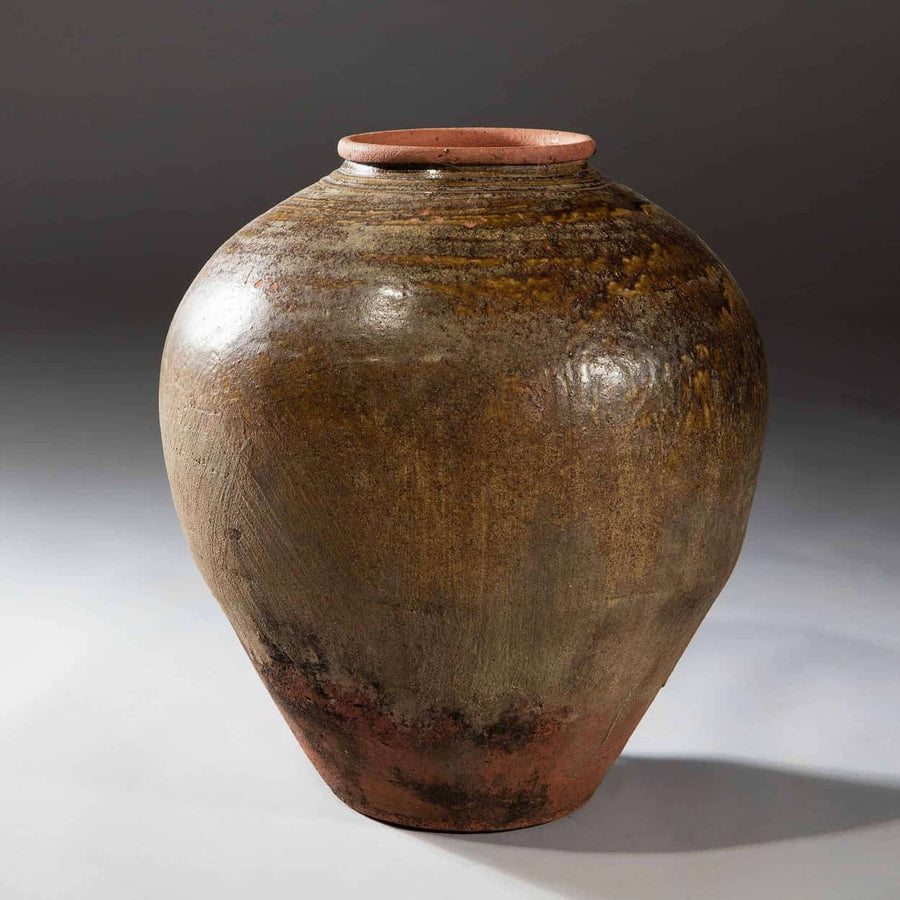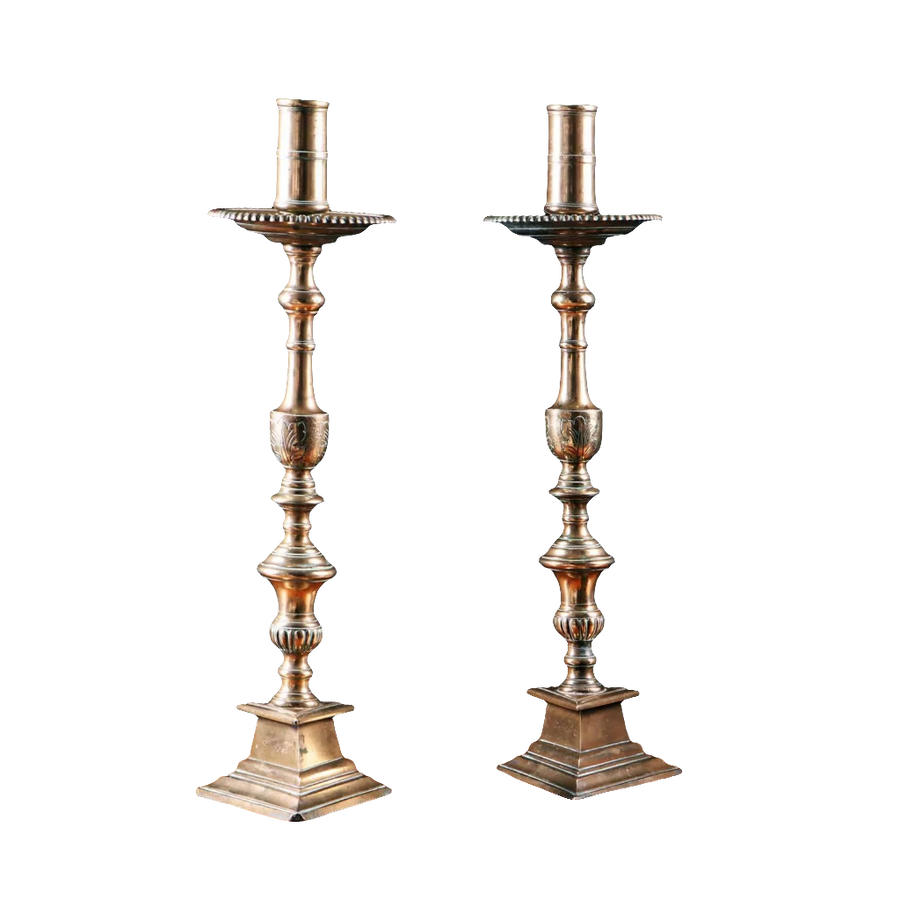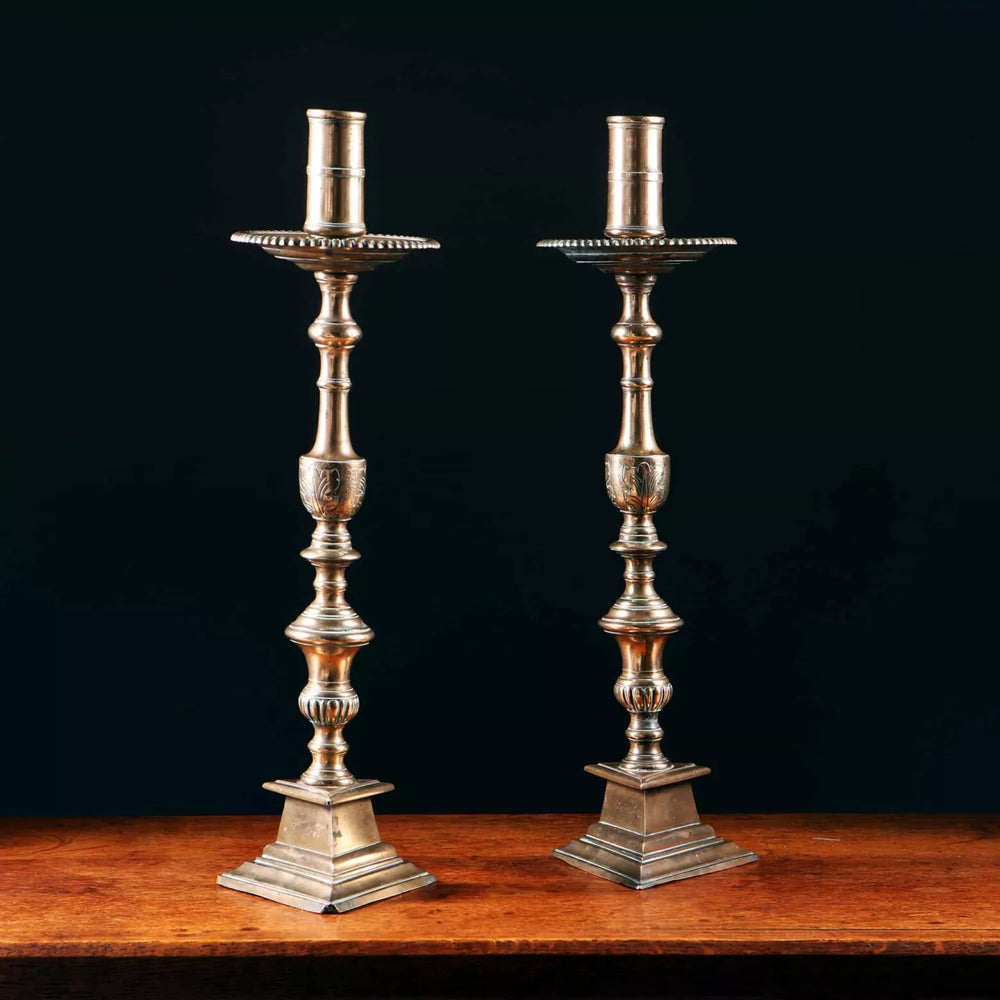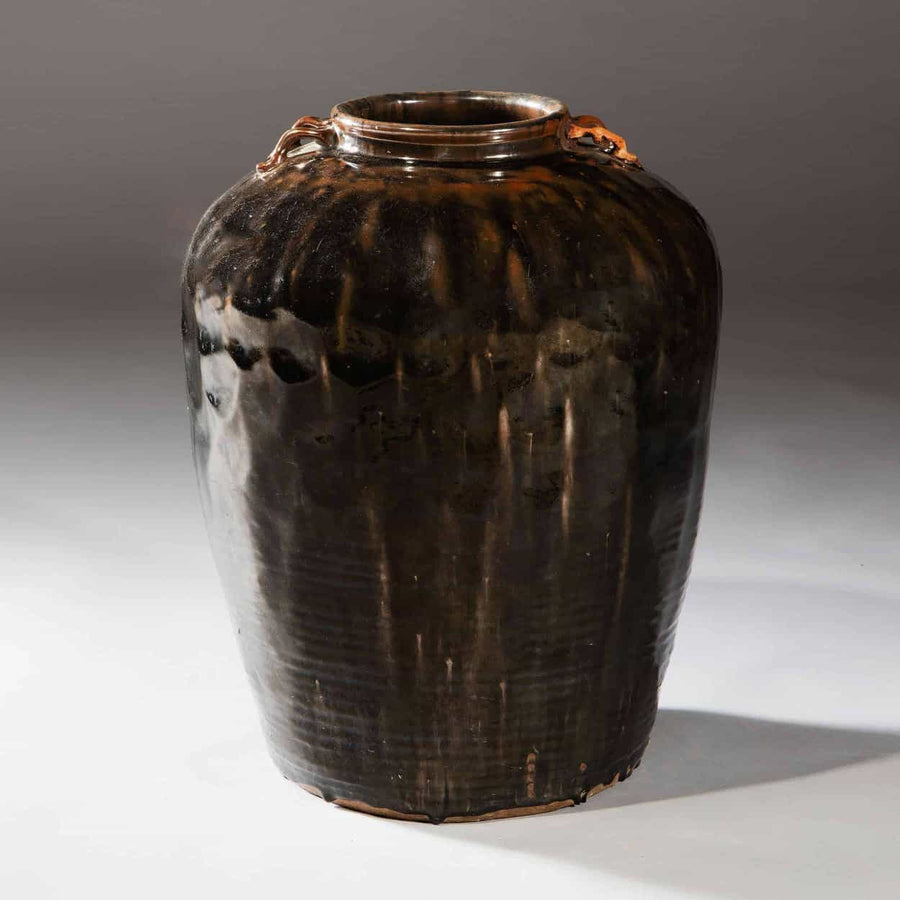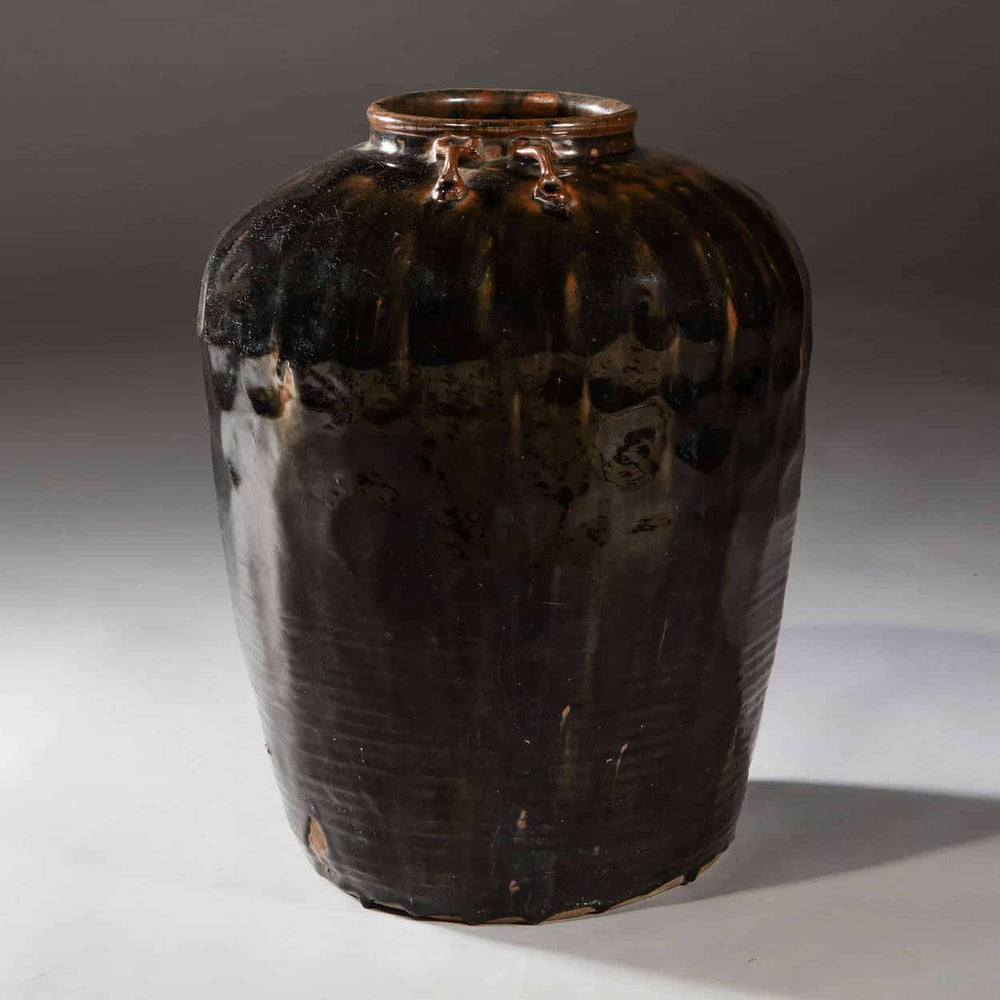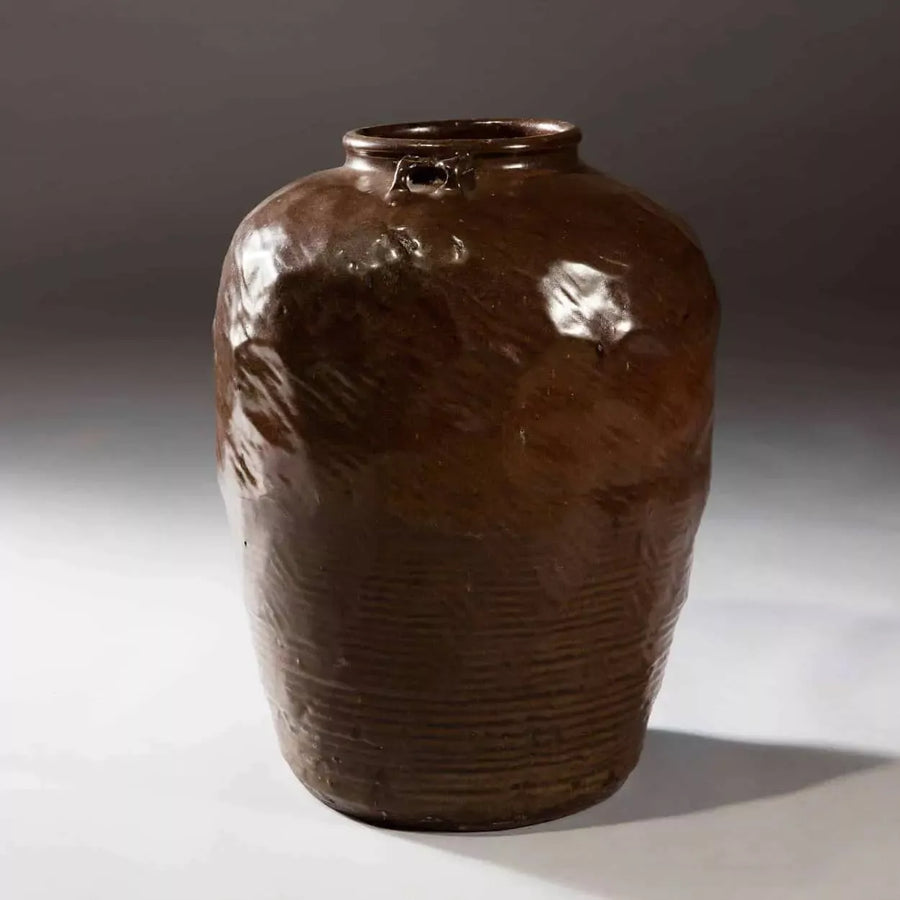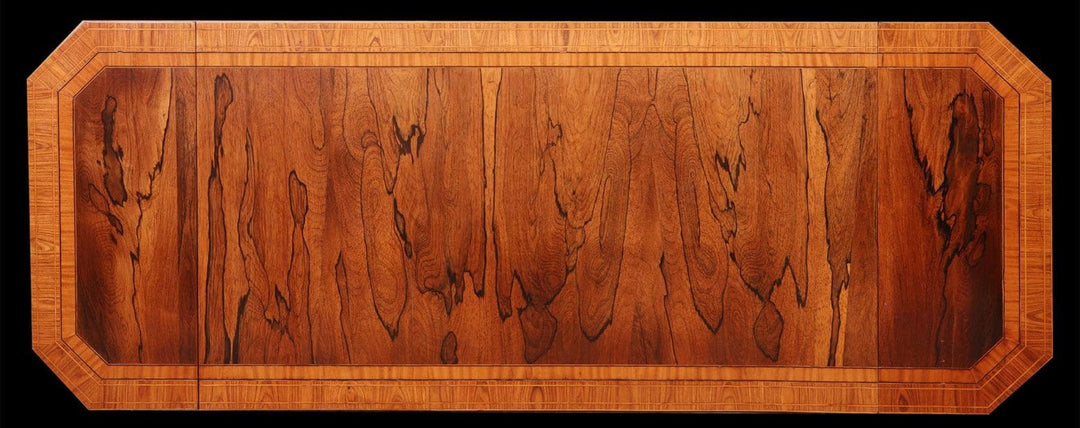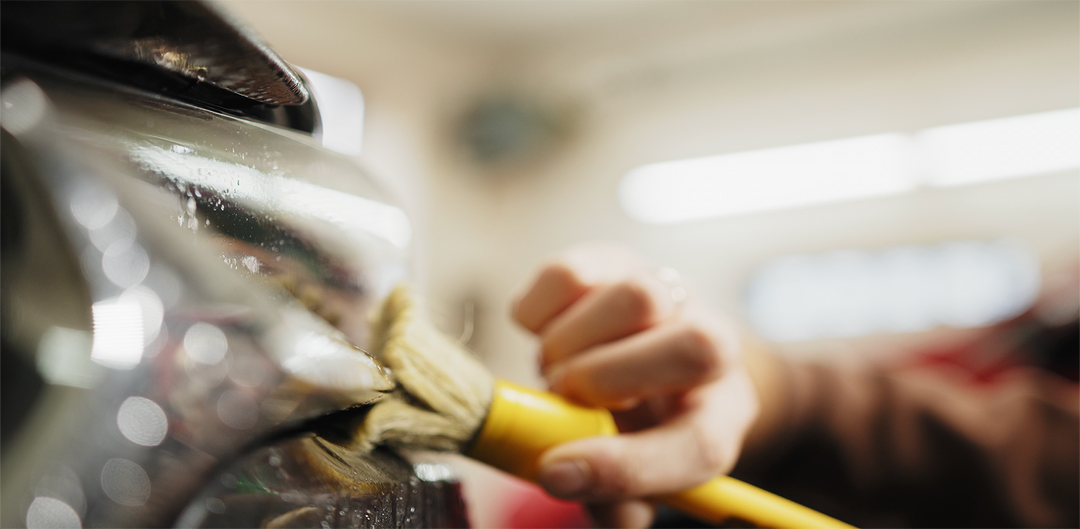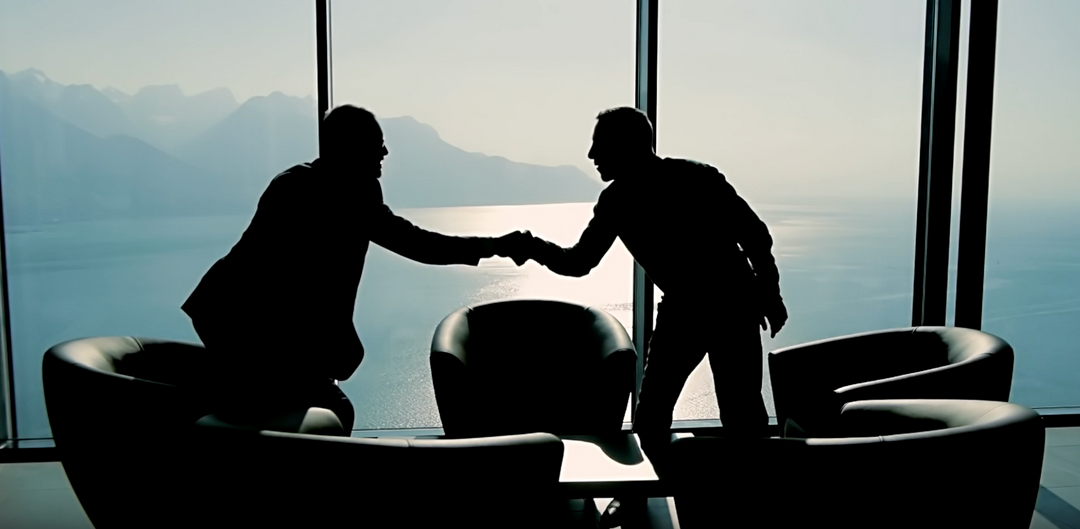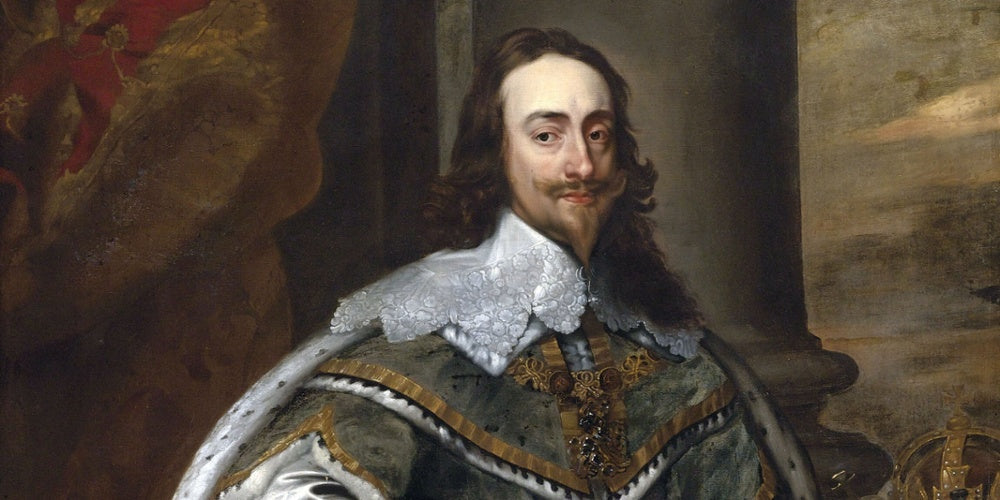
The 17th century was a defining moment in European artistic evolution, marked by the rise of the Baroque style—a movement that blended grandeur, drama, and intricate design across furniture and decorative arts. From Britain to France and Italy, artisans embraced bold aesthetics that reflected both cultural ambition and political power.
🎨 The Baroque Revolution Across Europe
Originating in Italy and flourishing in France, the Baroque style swept through Europe with theatrical flair. It was a visual language of power, opulence, and emotional intensity. Furniture became more than functional—it was sculptural, symbolic, and often monumental.
🇮🇹 Italian Baroque: Theatrical Elegance
Italy, the birthplace of Baroque, infused its furniture with dramatic contrasts and ornate carvings.
- Materials: Walnut, ebony, ivory, and pietra dura (inlaid stone) were common.
- Motifs: Cupids, acanthus leaves, shells, and scrolls adorned chairs, cabinets, and console tables.
- Scale: Pieces were large and imposing, designed to dominate grand interiors.
- Influence: Architects like Bernini and Borromini even designed furniture, blending architecture with interior design.
🇫🇷 French Baroque: Royal Refinement
Under Louis XIV, France elevated Baroque to a national style, centred at Versailles.
- Craftsmanship: The Gobelins factory produced lavish furnishings for royal palaces.
- Signature Style: André-Charles Boulle pioneered marquetry using brass, tortoiseshell, and pewter.
- Design Language: Symmetry, gilding, and elaborate mounts defined the French approach.
- Cultural Impact: French Baroque became the gold standard across Europe, influencing England, the Netherlands, and beyond.
🇬🇧 British Baroque: Adaptation and Innovation
In Britain, Baroque design was more restrained but still richly detailed.
- Materials: Walnut and oak dominated, with marquetry and lacquered finishes.
- Forms: Winged armchairs, daybeds, and bureaus emerged, blending comfort with style.
- Influence: French and Dutch fashions shaped English cabinetmaking, especially after the Restoration.
🧵 Textiles and Tapestries Across Borders
From Italian velvets to French brocades, textiles played a central role in Baroque interiors.
- Wall Hangings: Tapestries depicted mythological and historical scenes.
- Upholstery: Rich fabrics added warmth and status to seating and bedding.
- Millefleur Motif: Popular in France and Flanders, this “thousand flowers” pattern brought vibrancy to woven art.
🔩 Metalwork and Ornamentation
Baroque furniture featured elaborate metal fittings—hinges, handles, and mounts—crafted from brass, iron, and gilt bronze.
- Function Meets Flair: Even utilitarian elements were designed to impress.
- French Gilt Bronze: Protected corners and added visual drama.
👑 Patronage and Prestige
Across Europe, royalty and nobility commissioned bespoke designs to reflect their power.
- France: Louis XIV’s cultural policies turned furniture into propaganda.
- Italy: The Catholic Church and aristocracy drove demand for ecclesiastical and domestic grandeur.
- Britain: Nobles embraced Baroque to signal continental sophistication.
🏁 Legacy of the Baroque
Baroque furniture and decorative arts of the 17th century were more than style—they were statements. From Italy’s theatrical carvings to France’s gilded refinement and Britain’s evolving craftsmanship, this era shaped the visual language of power and beauty. Its influence endures in modern design, museum collections, and historical interiors across Europe.
Image: King Charles I after original by Van Dyck




